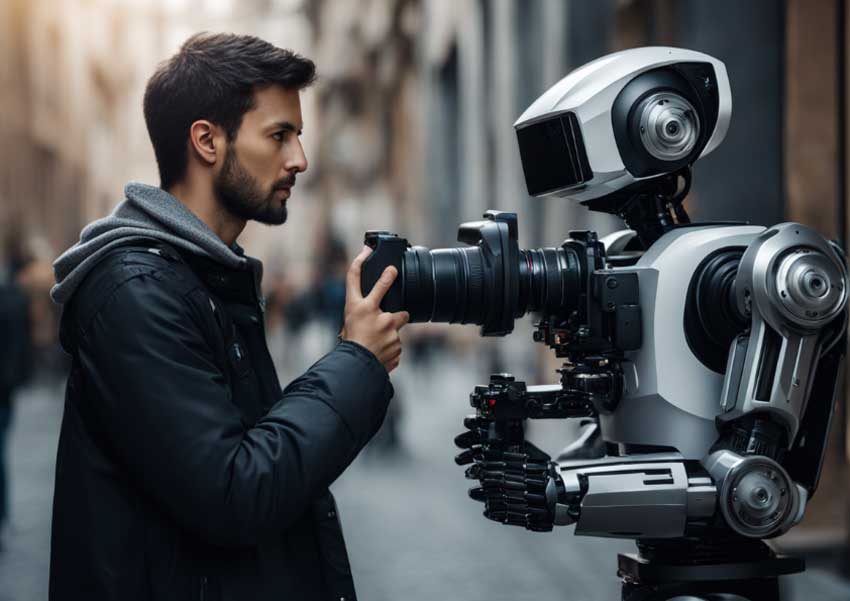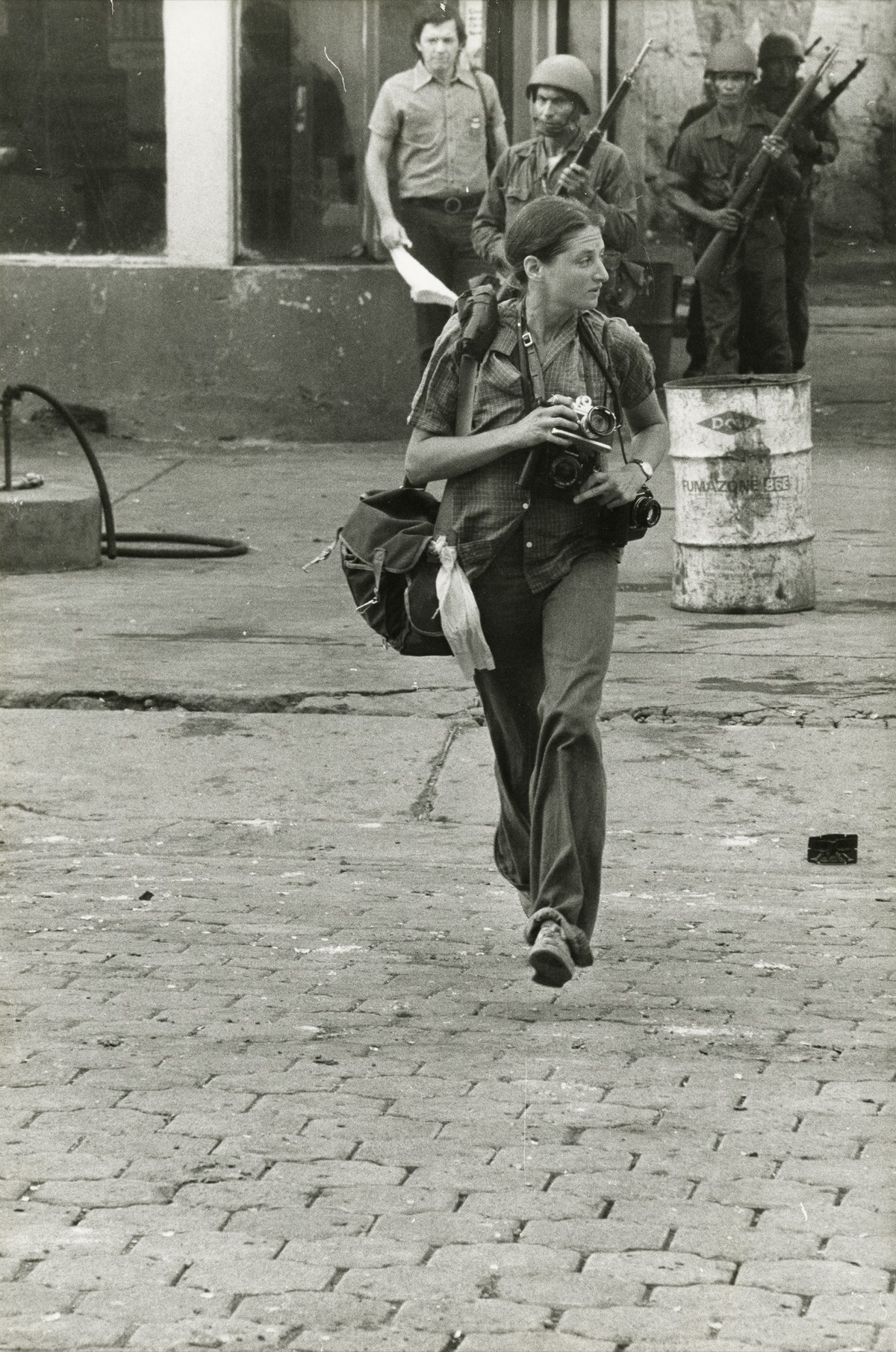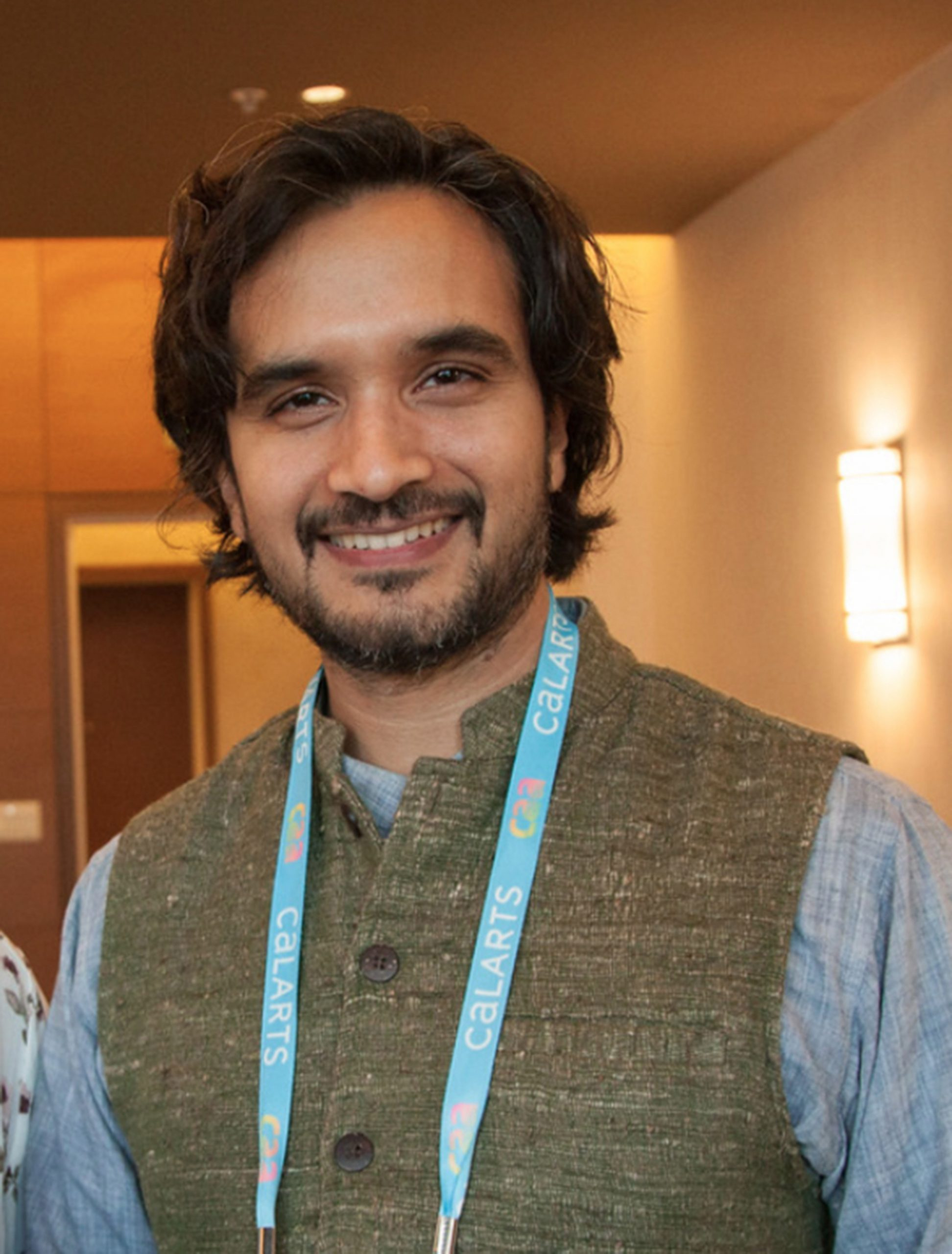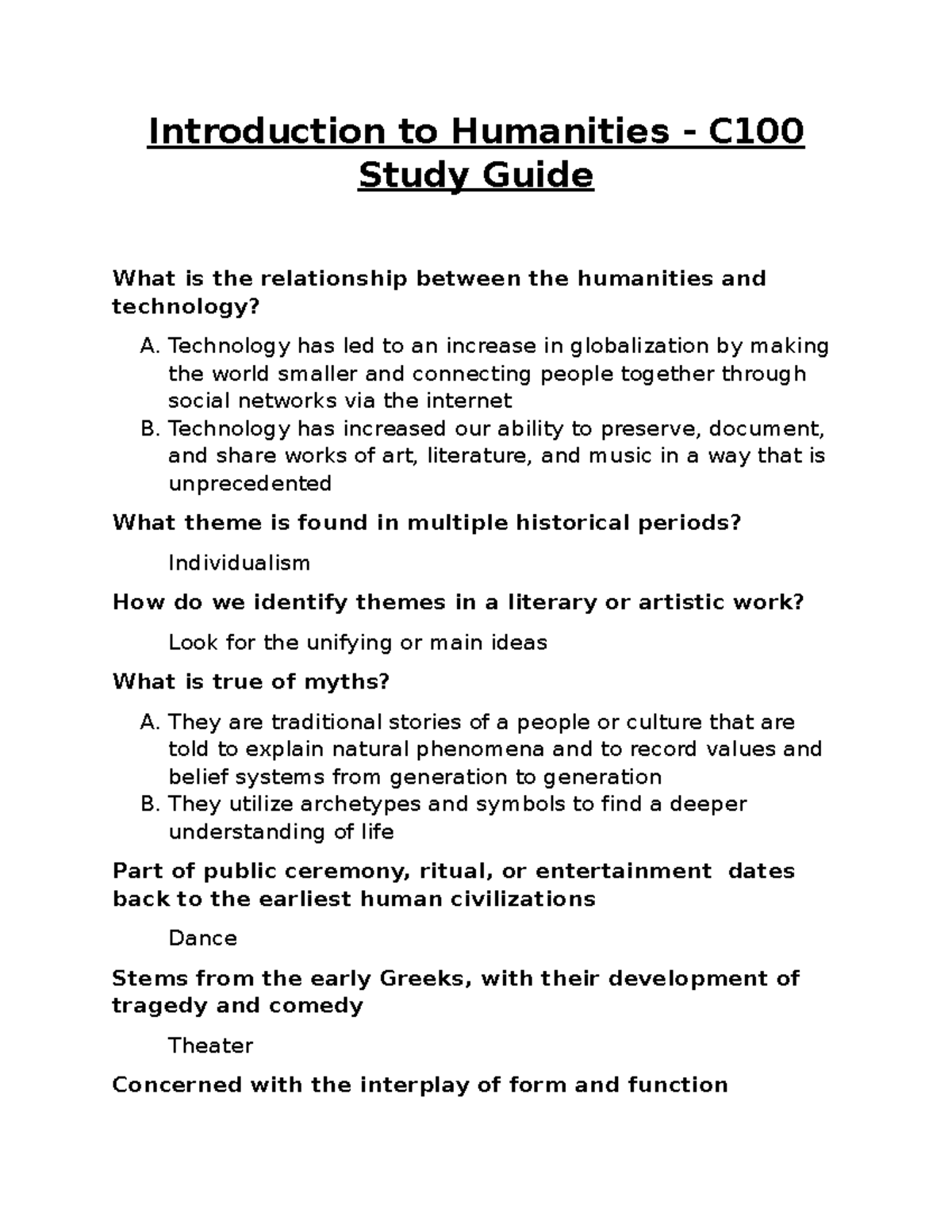AI in photojournalism is rapidly transforming the landscape of visual storytelling, presenting both challenges and opportunities for the industry. As technology continues to advance, the impact of AI on photography raises critical questions about authenticity and representation in a digital age. Notably, Emmy award-winning storyteller Kira Pollack is at the forefront of this movement, focusing on how AI technology photography could preserve and enhance our photojournalism archive preservation efforts. Her work explores the potential for machine learning to guard against the eroding trust posed by fabricated images while ensuring that powerful narratives remain accessible to future generations. By leveraging AI to catalog and contextualize the invaluable archives of esteemed photojournalists, there lies an exciting pathway to reshape how we engage with visual history today.
The emergence of AI in visual media is revolutionizing how images are created and understood, impacting the realm of visual journalism significantly. This innovative technology serves as both a tool for preservation and a point of contention regarding the authenticity of images shared online. As professionals like Kira Pollack investigate the possibilities of AI in photography, the discourse broadens to encompass diverse aspects such as photographic legacy and narrative depth. The interplay between advanced algorithms and traditional photojournalism is a focal point, highlighting the necessity for responsible innovation. Through these explorations, we can better appreciate the intersection of creativity and technology while addressing the complexities of maintaining visual integrity.
The Impact of AI Technology on Photography
Artificial intelligence (AI) is dramatically altering the landscape of photography, bringing about both daunting challenges and exciting opportunities. As Kira Pollack highlights, the sophistication of generative AI raises alarm bells within the photojournalism community due to its potential to create hyper-realistic images that could mislead viewers. This technology threatens the integrity of traditional photography by complicating the line between reality and fabrication. Particularly in an age when misrepresentation can spread quickly via social media, this susceptibility can erode public trust in visual media.
However, the same AI technology that poses these risks also creates an opening for innovation within the field. Pollack sees potential for harnessing AI to improve the logistics of managing extensive photo archives, making valuable content accessible to the public and preserving unique narratives of our shared history. By leveraging AI to catalog and organize imagery efficiently, photographers can document and share crucial visual storytelling that might otherwise be lost in the chaos of digital oversaturation.
Preserving Photojournalism Archives with AI
As Pollack points out, one of the most significant challenges facing photojournalism today is the preservation of vast archives that house images chronicling pivotal historical moments. Many of these archived photographs remain unseen, withholding vital insights into world events. By employing AI in photojournalism archive preservation, there is an opportunity to breathe new life into these collections. The technology can assist in categorizing and contextualizing images, allowing historians, journalists, and the public to engage with the visual history in more meaningful ways.
Using real-world examples, such as the work with Christopher Morris’ archive, Pollack’s ongoing research demonstrates how AI can provide rich annotations and cataloging notes that enhance our understanding of conflict photography. Through detailed analysis, AI can identify not just the subjects but the emotions, context, and narrative weight of images. This use of AI does not merely serve the purpose of preservation; it reinforces the significance of these visual stories and safeguards their integrity against potential misuse.
The Pros and Cons of AI in Visual Storytelling
In the world of visual storytelling, emerging AI technologies present a dual-edged sword. On one side, AI offers tools that can enhance storytelling through innovative means, allowing photojournalists to push creative boundaries. For instance, it can analyze complex scenes or provide deeper insights into the nuances of emotional expressions captured in photographs. This utility supports artists in crafting more compelling narratives, encouraging audiences to connect with the stories conveyed through their work.
Conversely, the integration of AI also raises crucial ethical questions regarding authenticity and trust. AI’s capability to generate high-quality images without a human touch undermines the very essence of photojournalism, which has historically relied on the authenticity of captured reality. The risk of creating ‘fake news’ through AI-generated images further complicates the matter, as it may lead the public to question the veracity of legitimate photographic work. Thus, balancing the benefits of AI while maintaining the core values of photojournalism—truth, credibility, and memory—remains an ongoing challenge.
Kira Pollack’s Interview on AI’s Role in Photography
In her interview, Kira Pollack articulates a vision for how AI can be utilized ethically within the realm of photography. Her insight into the transformative potential of this technology is underscored by her experience from her roles at prestigious publications like Vanity Fair and Time Magazine. Pollack emphasizes the need for a thoughtful approach—one that does not merely react to the technological advancements but seeks to harness their capabilities in service of preserving the integrity of photojournalism.
Going deeper, Pollack’s reflections invite critical discourse around authorship, ownership, and the ethical use of AI in visual storytelling. The conversation revolves around safeguarding the work of photographers and ensuring their narratives remain intact as technological tools evolve. This initiative points toward a future where photojournalists not only adapt to changes but also strategically position themselves at the forefront of innovation, ensuring their stories are protected and celebrated.
The Future of Photography in the Age of AI
As we look ahead, the conversation surrounding the future of photography is inevitably tied to the advancements in AI technology. The duality of AI as both a potential threat and a valuable asset shapes the trajectory of photojournalism in unpredictable ways. While there are legitimate concerns about the authenticity and integrity of images, there is also excitement over how AI can transform the way photographers operate, enhancing creativity and enabling greater access to past works.
Kira Pollack’s research at the Shorenstein Center is a crucial contribution to this dialogue. By exploring how AI might be utilized to responsibly unlock and manage photographic archives, the community is invited to rethink the conventions of preservation. A collaborative approach between technologists, ethicists, and photojournalists can lead to a future where the preservation of visual history and the innovative potential of AI coexist harmoniously, safeguarding the trust and memory associated with visual storytelling.
Understanding the Ethics of AI in Photojournalism
As AI continues to infiltrate various aspects of our lives, the ethical considerations surrounding its application in photojournalism cannot be overstated. Pollack emphasizes the importance of maintaining ethical standards while exploring the capabilities of AI. There are significant concerns regarding how AI can inadvertently lead to copyright violations, particularly with the potential for photographers’ works to be used without consent for training AI models. This raises critical questions about authorship and rights in the digital age.
Addressing these ethical dilemmas will require a multifaceted approach. It is essential for stakeholders across the photography ecosystem—artists, technologists, and policy-makers—to engage in informed discussions about the implications of AI. By establishing clear policies that prioritize the rights and intentions of photographers, the industry can harness AI’s benefits without sacrificing the foundational values of trust and authenticity that photojournalism stands upon.
Exploring AI’s Benefits for Visual Storytelling
AI technology presents an array of opportunities for enhancing visual storytelling in photojournalism. Kira Pollack emphasizes how, when used correctly, AI can help unfold the narrative layers within photographs, making it easier for audiences to connect with the stories being told. This encompasses everything from automated tagging to in-depth analysis of the emotional resonance within images, allowing storytellers to craft compelling narratives that resonate on deeper levels.
Moreover, by employing AI in this way, photojournalists can gain insights not only into their own work but into the broader trends shaping society’s visual culture. This shift toward a more analytical approach can drive the evolution of visual storytelling, making it more robust, empathetic, and connected to contemporary issues. Ultimately, this synergy between AI and photography can inspire a new generation of storytellers to explore the complex realities of our world.
Challenges and Opportunities in AI and Photography
While the integration of AI into photography presents numerous opportunities, it is essential to recognize the challenges that accompany these advancements. As Pollack articulates, there is a delicate balance between embracing innovative technology and ensuring the preservation of the ethical standards that have historically guided the field of photojournalism. The fear of losing authentic imagery to the proliferation of AI-generated content creates a landscape that demands vigilance and careful navigation.
Nevertheless, within these challenges lie ripe opportunities for innovation and growth. By utilizing AI to explore and enhance the critical documentation of lived experiences captured within photo archives, the industry can foster a more profound awareness of historical context. The collaboration between AI technologies and human photographers can lead to new forms of visual storytelling that honor the past while innovating for the future, ensuring that photojournalism continues to thrive in an evolving landscape.
The Role of Technology in Expanding Photographic Narratives
Technology has always played a pivotal role in photography’s evolution, and AI represents the latest frontier of this dynamic relationship. Pollack’s exploration into AI’s capacity for enhancing photojournalism highlights the importance of remaining adaptable in the face of technological advancements. She underscores how separating the conversations surrounding AI’s disruptive potential from its innovative possibilities can yield collaborative solutions that benefit the field as a whole.
Further, Pollack encourages us to envision a future where technology enriches the visual narratives we encounter rather than distorting them. By leveraging technology to amplify underrepresented voices and stories, the photography sector can ensure a richer, more inclusive archive that reflects the diversity of human experiences. This dual-purpose approach allows for not just preservation but the active engagement and expansion of photographic narratives, ultimately serving the public good.
Frequently Asked Questions
How is AI technology impacting photojournalism today?
AI technology is having a profound impact on photojournalism by posing both threats and opportunities. Concerns arise from potential copyright violations and the creation of synthetic images that can blur the lines of visual truth. However, AI also offers innovative solutions for preserving vast photojournalism archives, ensuring the historical context of images is maintained and safeguarded. By utilizing AI, photojournalists can better catalog and organize their work, enhancing the accessibility of important visual stories.
What role does Kira Pollack believe AI can play in preserving photojournalism archive material?
Kira Pollack advocates for the use of AI in preserving photojournalism archives, stating that these archives are vital records of historical events. Her work focuses on leveraging AI to help catalog and contextualize the extensive bodies of work generated by photojournalists, empowering future generations to access and understand the narratives behind the images. The goal is to ethically deploy AI to ensure the integrity and authenticity of these archives, while also preventing unauthorized use of photographers’ work.
Can AI help address the challenges of visual storytelling in photojournalism?
Yes, AI can significantly enhance visual storytelling in photojournalism. By analyzing complex images and extracting detailed insights, AI tools can facilitate deeper narrative contexts that go beyond simple captions. Kira Pollack’s research emphasizes how AI can uncover the emotional and compositional elements of photographs, thereby enriching the storytelling experience and ensuring that the intents and legacies of photographers are preserved and communicated effectively.
What are the ethical concerns regarding AI in photography and photojournalism?
The ethical concerns surrounding AI in photography and photojournalism primarily focus on issues of copyright and the potential for AI to create misleading, synthetic images that undermine trust in visual media. Unauthorized use of photographers’ work to train AI models raises questions about ownership and consent. Kira Pollack argues that while these concerns are valid, AI can also be used responsibly to protect and enhance the accessibility of real photojournalism, reinforcing the core values of truth and authorship.
How does Kira Pollack envision the future of AI in photography and photojournalism?
Kira Pollack envisions a future where AI serves as a tool to enhance and preserve photojournalism rather than replace it. She aims to engage with various stakeholders to explore how this technology can uphold the essential values of the field, including truth, memory, and authorship. By understanding AI’s capabilities and shortcomings, Pollack seeks to integrate emerging technologies in a way that reinforces the integrity of visual storytelling and helps photojournalists navigate the changing landscape.
| Key Point | Details |
|---|---|
| Threats of AI to Photography | AI technology poses risks like copyright violations and creation of synthetic images that blur trust in visual media. |
| Kira Pollack’s Perspective | Pollack, an Emmy-winning visual storyteller, sees AI as both a threat and an opportunity for photojournalism. |
| Preserving Archives | Pollack aims to use AI to protect and contextualize vast archives of photojournalism to prevent loss of historical records. |
| Innovative Experiments | Collaborating with Christopher Morris, Pollack experiments with AI to analyze complex war imagery and extraction of meaningful insights. |
| Concerns about Trust | While AI generates images, Pollack’s focus is on preserving authentic photojournalism, emphasizing integrity and authenticity. |
| Future Aspirations at Shorenstein Center | Pollack seeks to navigate the intersection of technology and journalism, fostering discussions on ethics and the future of visual storytelling. |
Summary
AI in photojournalism represents both a challenge and an opportunity for the future of visual storytelling. As we grapple with the threats posed by AI technologies to authenticity and copyright, industry leaders like Kira Pollack are pioneering research to leverage AI for preserving the historical archives of photojournalism. This transformative approach seeks not only to protect the integrity of visual records but also to enhance our understanding of the stories behind the images. By engaging with AI thoughtfully, the photojournalism community can adopt innovative ways to maintain truth, authorship, and memory in a rapidly evolving digital landscape.



